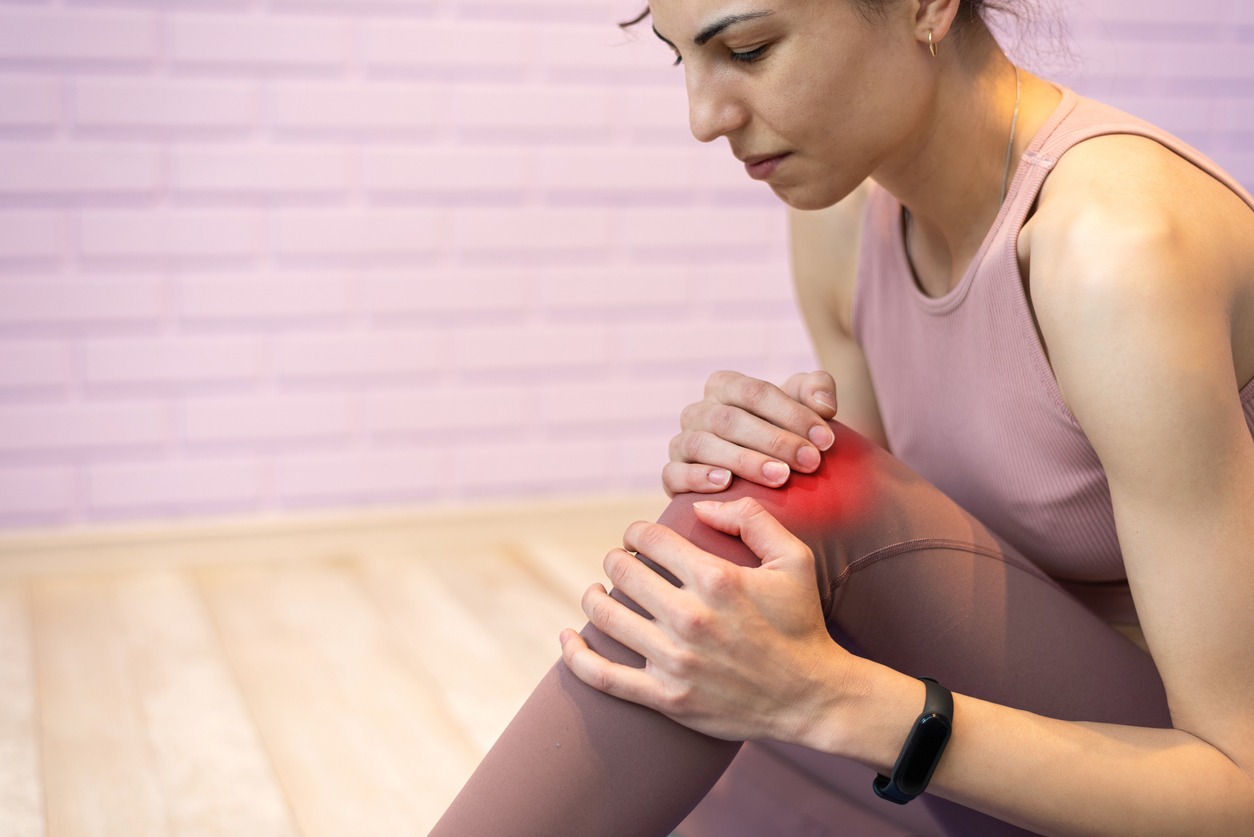
‘Take Care of Maya,’ a 2023 Netflix documentary, highlights the struggles of a young girl, Maya Kowalski, with Complex Regional Pain Syndrome (CRPS). Maya received a CRPS diagnosis at the age of nine in 2015 after a severe asthma attack. In her court statement, Maya said the condition subjected her to migraines and excruciating pain in her limbs. During some days, she would be unable to sleep at night or stay in bed all day due to pain. Movement exacerbated the pain, forcing her to rely on a wheelchair for toilet and bed transfers.
CRPS is a less-known chronic pain condition with an annual prevalence of 200,000 patients in the United States. There’s limited information about CRPS, and the ‘Take Care of Maya’ documentary has been an eye-opener for many. In this article, we provide you with the information we know about CRPS, including symptoms, treatments, and long-term outlook.
What Is Complex Regional Pain Syndrome?
Complex Regional Pain Syndrome (CRPS) is severe pain and inflammation, often affecting limbs, but can also occur throughout the body. Injury, stroke, trauma, surgery, or heart attack can cause the condition, and the resulting symptoms can severely disable a person. There are two types of CRPS – Type I (occurs without nerve damage) and Type 2 (occurs after nerve damage)
Medical experts believe CRPS is a peripheral nervous system dysfunction. When the peripheral C-type nerve fibers (responsible for transferring pain messages to the brain from body parts) get damaged or dysfunctional, they cause an overreaction to pain signals and trigger inflammation. In an interview with the People, Doctor Anthony Kirkpatrick noted that even a drop of water on the patient’s skin can feel like a knife jab.
CRPS can affect anyone, but it’s rare among adolescents and children. Pediatric CRPS often occurs in early adolescence, with the lowest prevalence being 7 to 9 years. Women are also 3 to 4 times more likely to develop the condition than men. The onset in the adult population varies between 37 to 70 years, with the peak being around 40 years.
Symptoms of CRPS
CRPS patients can experience various symptoms, ranging from mild to severe. The symptoms may vary from one person to another. Though they’re mostly localized on the affected body part, universal symptoms may also occur.
The most common ones include:
- Throbbing or burning pain in the limbs
- Muscle tremors and spasms
- Joint swelling and stiffness
- Loss of motor control in the limb
- Sensitivity to cold or touch
- Changes in skin color and texture
- Fluctuations in temperature in the affected body area
- Changes in nail and hair growth
Treatment of CRPS
CRPS is often managed through a combination of treatments. Treatment options include:
- Medication: Patients take medications such as pain relievers, corticosteroids, antidepressants, and intravenous ketamine.
- Physical therapy: Physiotherapists and occupational therapists administer physical therapy to reduce pain and swelling, strengthen muscles, and restore body functioning.
- Counseling and psychological therapy: Designed to help the patient cope with pain, stress, and the resulting depression
- Spinal cord stimulation: Involves inserting tiny electrodes along the spinal cord to deliver electrical current and relieve pain
- Acupuncture: You insert thin needles to stimulate nerves and muscles, boosting blood flow and relieving pain.
Can You Live a Long Life with CRPS?
Yes, you can live a long life with CRPS. While most people recover from CRPS, others experience ongoing symptoms, which may vary in intensity. With proper treatment, most people can lead a normal life, though a few may experience prolonged persistent pain and disability.
Relapse is more prevalent in children than adults. About one in ten adults experience a relapse after a complete remission. The relapse can occur after an injury or surgery or may happen without a trigger.
What Happens If CRPS Is Not Treated?
CRPS progresses through stages. There are three main stages, namely:
- Stage 1 (Acute): May last for up to 3 months. Common symptoms include aching or burning pain, joint stiffness, changes in hair and nail growth, and fluctuations in skin temperature.
- Stage 2 (Dystrophic): May last between 3 and 12 months. Symptoms may include muscle weakness, sensitivity to cold and touch, swelling, and brittle nails.
- Stage 3 (Atrophic): If the healthcare provider does not treat the patient, the condition will progress to stage three. Symptoms at this stage appear a year following the onset of initial signs and may include loss of muscle mass (atrophy), paling and stiffening of the affected area, inability to move limbs, and bone degradation.
If you don’t treat CRPS, it can cause irreversible damage to the affected body parts. Some patients may require amputation of the affected limb.
Filing a Personal Injury Claim for CRPS
If you or a loved one has CRPS, which you suspect was triggered by an injury resulting from the negligent actions of another person, you may be eligible for compensation. An experienced personal injury lawyer can review the case and help you pursue a fair settlement. At Nadrich Accident Injury Lawyers, we help personal injury victims throughout California recover compensation for damages sustained. Contact our legal team today for a free case evaluation.

